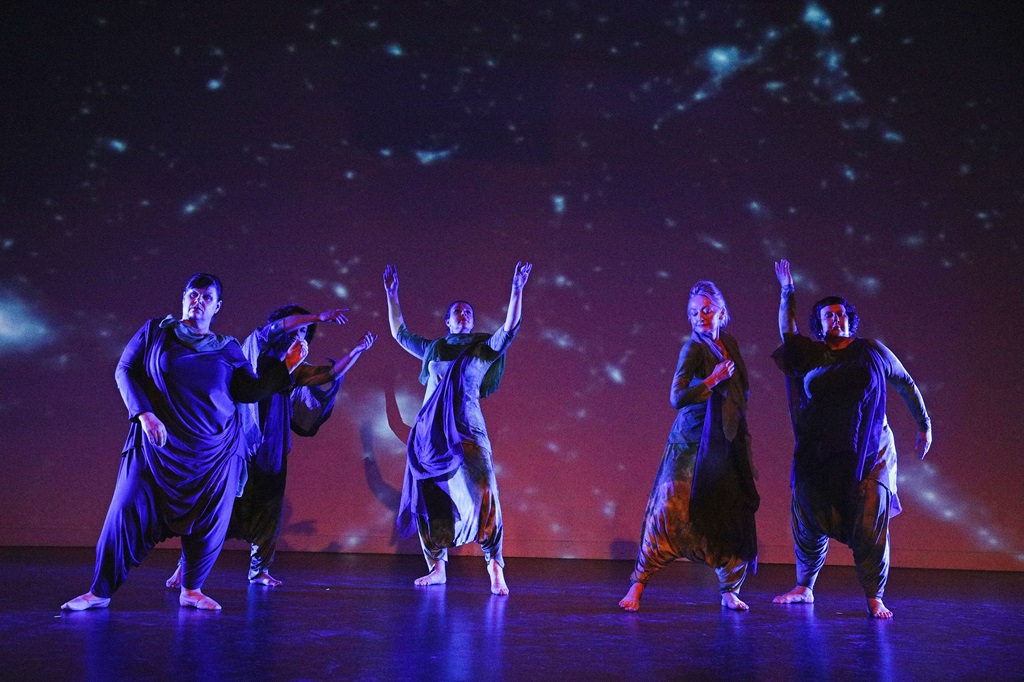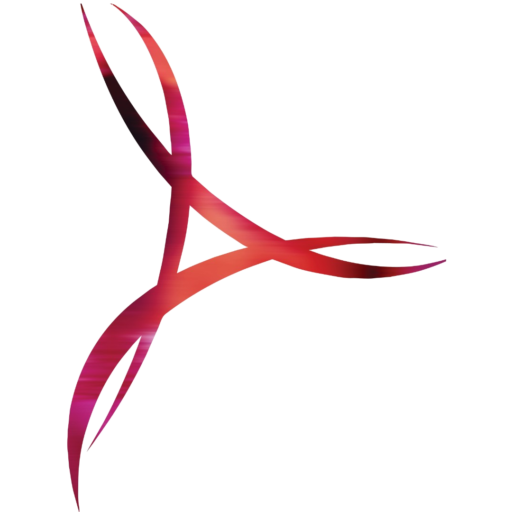What it is and what to expect
Beginning something new is always exciting!
Hilal Dance is wonderful for beginners and experienced dancers alike who have an interest in posture, yoga, breathing, getting fit and integrating body, mind and emotion as well as those interested in exploring their physical expression.
Hilal Dance technique encompasses holistic, breath-based body training and a system of movement concepts which allow full exploration of a wide range of expression through music and rhythm.
Hilal Dance draws its inspiration from Eastern philosophies and aesthetics.

What to wear
A long bodied stretch top and full length stretch pants are ideal.
Bodywork
Hilal Dance training always begins with bodywork. It is designed to develop dynamic alignment and ease of movement. The yoga-like exercises connect the breath with movement in a way that unblocks tension and promotes a centered, holistic, grounded flow of energy. Exercises we practice regularly include pendulum variations, whole body wave, breathing alignment, fire breath, stomping pendulum and others, along with regular stretches.
A regular stretching routine is followed by body preparation, readying the body for the dance through training exercises in the movement concepts of Hilal Dance.
Hilal Movement Concepts
There are six main movement concepts:
- The Pendulum
- The Scissor
- The use of balanced energies
- The Spiral
- Suspension
- The Wave
The pendulum and scissor are two different ways of moving the torso with the legs – they are used as specific ways of walking and turning, and can be applied to all movement to give two distinctive modes or expression and line. These two concepts form the basis of the training. As the pendulum and scissor are based on observations of and exploration of natural body movement, the training creates dancers with a very natural, integrated flow of movement.
Yin and Yang develop gradually as a dancer builds confidence and explores the deeper levels of expression.
The spiral holds the potential of all dynamic movement. Moving from a powerful centre, it is a continuous rotating circle originating from the base of the body, creating the perpendicular line of the scissor and the curve of the pendulum opening up a multitude of lines and expressions. All turns (both scissor and pendulum) are essentially spirals in yin form.
Suspension is the energy activated during movement through muscle control.
The wave is learning to activate the muscles in a chain like way to portray fluidity and grace.
Movements and steps in Hilal Dance
- Scissor and pendulum walks and turns
- Rhythmic scissor and pendulum
- Combat back steps & fluid back steps
- Hops, Bops (of many kinds eg: singles, doubles, continuous), Shivers
- Stomps and Drops of many kinds eg: (of many kinds eg: single, double, continuous)
- Fluids – eg: Kenya & pendulum fluid’s
- Breaks and spirals
- Spins
This is a list of the basic movement families– it is not complete and there are many variations created through layering movements (eg: overlaying a shift or shiver on to a bop). The use of Yin Yang, Pendulum, Scissor, or bringing focus to various parts of the body such as hips or shoulders can add further detail and complexity. The names are labels for our convenience. The important thing when you are learning is to think in broad categories of movement and not about learning a “step”.
A general class has students with a range of experience and abilities.
Go at your own pace and please treat your bodies with care – if any of the movements in the bodywork or training cause discomfort let your teacher know and take a rest.
Feet stepping to the earth’s heartbeat, body whirling, turning the rotations of planets, stars reflecting in their eyes, the dancer opens their lyrical arms, and enfolds the universe.
Anonymous, translated from Arabic.
